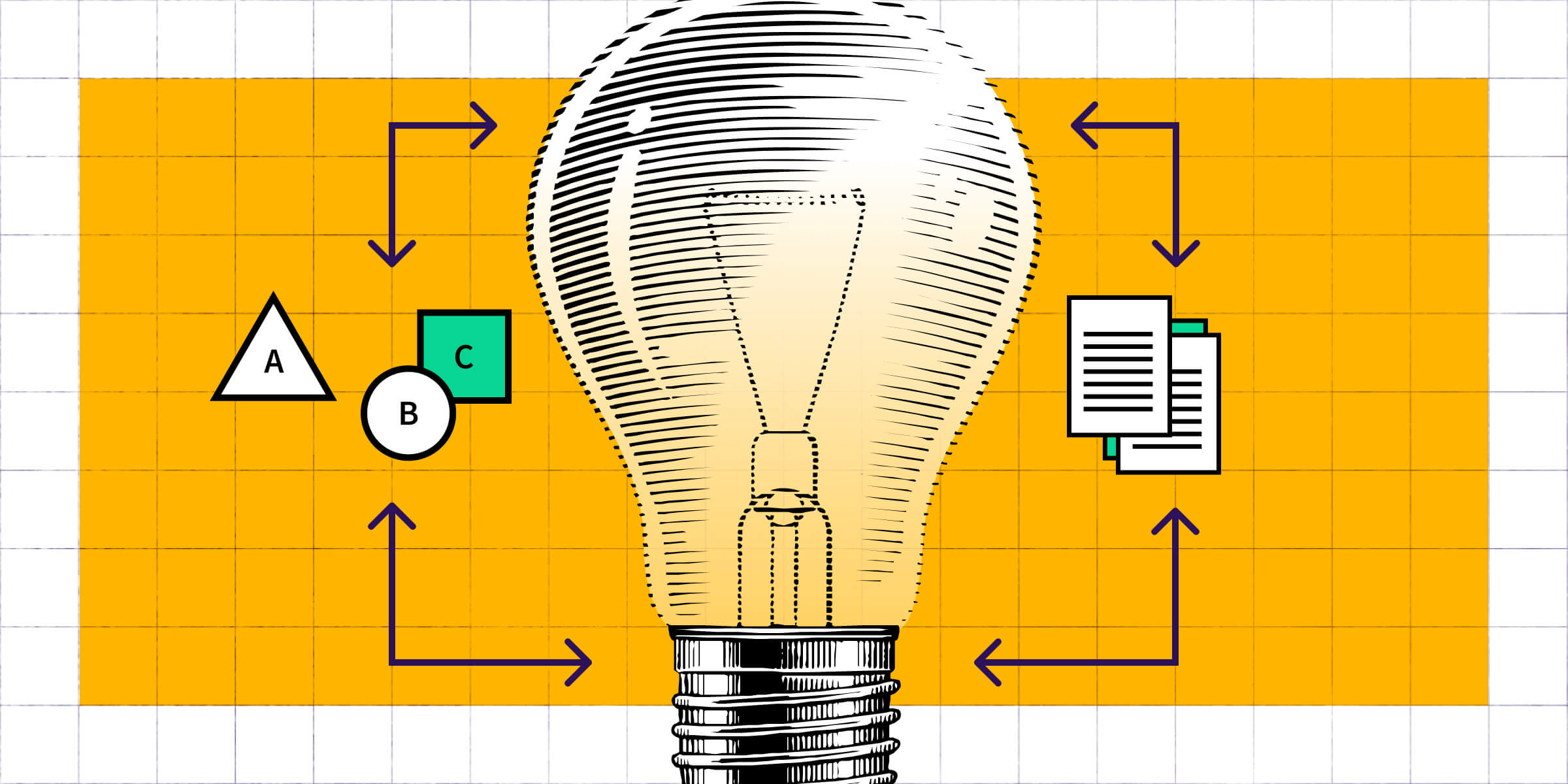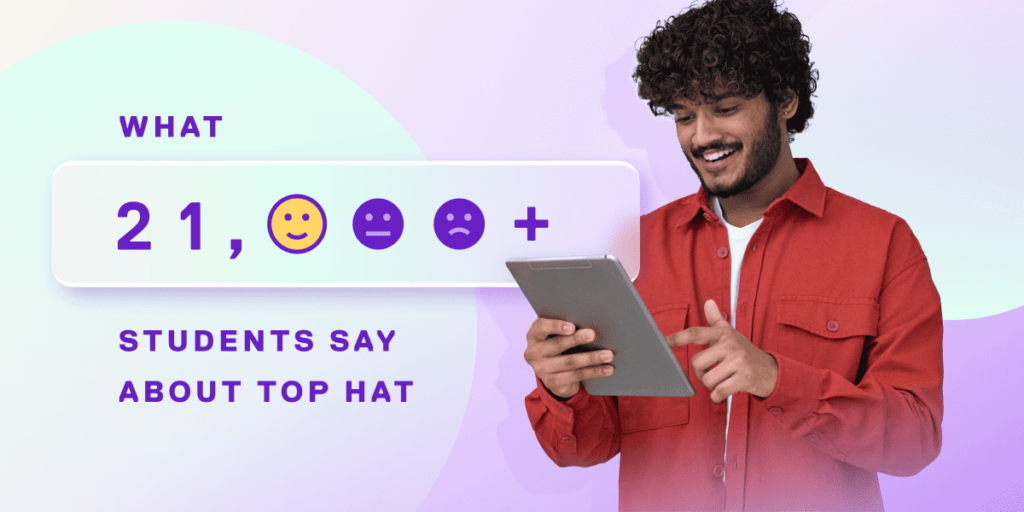Experiential learning is the process of ‘doing,’ or learning through direct experience, followed by a focused reflection in order to increase knowledge and understanding. David Kolb and other experiential learning theorists use a 4-step circle, linking active experimentation to concrete experiences, leading to observation and reflection. Each period of reflection, in turn, generates new hypotheses or potential experiments, starting the cycle all over again.
Experiential learning can be a powerful tool. It provides students with opportunities to engage more deeply in the learning through first-hand experience. But the experience is only one, albeit important part of the process. For meaningful learning to occur, focused reflection is essential in order to deepen competencies and knowledge.
Table of Contents
- What is experiential learning?
- Kolb’s experiential learning cycle
- Experiential learning types
- Experiential learning activities
- Experiential learning cycles and implications for teaching
- Experiential learning benefits
- Increased motivation
- Conclusion
What is experiential learning?
Experiential learning theory focuses on doing something real, reflecting on experiences and learning the most through that point of reflection. It is a method of instruction that not only puts focus on the learner but also on the learning context. Key areas of focus in the design of an experiential curriculum include the place of learning. They also include what is being learned, who is present or involved and what tools are available.
Experiential learning opportunities can be:
- Lab work with reflective lab reports
- Service-learning commitments in the community with guided journaling assignments
- Clinical learning with groups, followed by group discussions
- Computer-based learning with the teacher circulating and asking questions
- Completing a work term to gain real-world experience
Importantly, the “end” of these examples is not the end but is followed by designing new tweaks or ways to solve the problem, carrying out these changes with experiments or interventions, being inside that experience and reflecting again.
Experiential learning provides a link between the cognitive and behavioral theories of learning. Cognitive theory focuses on the mental processes of learning. Behavioral focuses on the work done. By linking reflection, conceptualization and experimentation to that concrete learning experience, experiential learning can become more than cognitive and behavioral theories explain. It does this by creating a self-sustaining mechanism of learning.
To work best, these learning-by-doing activities need to pair with reflection and analysis and involve the entire experiential learning cycle. This engagement is learner-driven when it works at its best, which keeps up motivation. The learner must be engaged at more than just a mental level and keep that engagement up because they are interested in the subject they are learning about.
Click here to learn more about how Top Hat’s suite of tools, purpose-built for motivating and engaging students in meaningful learning experiences.
Kolb’s experiential learning cycle (ELC)
David Kolb wrote about the process whereby experience transforms into knowledge. He developed a cyclical model, much like the scientific method called the experiential learning cycle (ELC). Through an iterative process, a student steps out into the world and does something (active experimentation). These actions lead to a real-world concrete experience. To learn, the student then reflects on or thinks about what they did. Those reflections are then used to build a new idea of what might work better (abstract conceptualization), which leads to another round of active experimentation.
For example, a student might want to learn about baking bread. They start with a recipe and bake a loaf that is rather flat. In reflecting on the experience, they may remember that yeast makes bread rise and decide to add more the next time they bake to see what happens. Further iterations could include experimentation, experience, and observation with oven temperatures and times, sugar ratios, protein count of the flour and more. Or they may read books or watch others make bread. The different options allow students to fuel the learning process using the method that works best for them.
The four stages of this reiterating loop include:
- Concrete experience – being involved in actual activities or observation
- Reflective observation – developing thoughts about one’s own experience
- Abstract conceptualization – creating theories to fit what one observes
- Active experimentation – using theories to create change in the world
Learners can step into this cycle at any point. One student could start with a concrete experience or problem playing out in actual life and start questioning it based on reflections. Another might start with a book full of abstract theory and then go apply it in the actual world. Different students will prefer to enter at different points. An ideal experiential learning process allows students the flexibility and autonomy to do this.
Reflection is the step of the experiential learning cycle that often faces the most resistance. “I completed the task and understand it, why do I have to write a journal entry about it now?” Reflection can also be deeply personal since it often reveals gaps in understanding or raises more questions. Educators can act as facilitators by expressing concrete as well as abstract ways for students to go about reflecting on the learning experience.
Support and encouragement are important, as is reminding students that experiential learning is a cycle. Insights that confirm understanding or that uncover more questions are both valuable in their own right. By viewing it this way, learning becomes a continuous, iterative process, which is helpful in tackling complex problems and laying the foundation for life-long learning.
Experiential learning types
Kolb’s cycle also shows a balancing of two pairs of opposites: action/reflection and concrete/abstract. Students need both pairs to learn effectively, but classroom instruction often leans more heavily to one side of the equation than the other. For example, a lecture is abstract and reflective, while marching band practice or lab work is based more on concrete action.
Kolb created a set of experiential learning styles (ELS) that illustrate student strengths and weaknesses at different stages of the experiential learning cycle. He theorized learners’ preferences. For example, some prefer doing or watching (active experimentation and reflective observation) while others prefer feeling or thinking (concrete experience and abstract conceptualization). When these preferences are placed onto a grid, the result is four learning types: accommodating, diverging, converging and assimilating.
Accommodating – feel and do: Accommodators pair concrete experience and active experimentation. They like addressing practical problems and approach issues intuitively before seeking outside information. Their key question is: “What would happen if I did this?”
Diverging – feel and watch: Divergers combine concrete experience with reflective observation. They like looking at new ideas from different perspectives and like watching people do things. Their key question is: “Why does this work?”
Assimilating – think and watch: Assimilators use reflective observation and abstract conceptualization. They like using logic to work through abstract or concrete concepts and want obvious information from their sources. Their key question is: “What is there to know?”
Converging – think and do: Convergers use abstract conceptualization and active experimentation. They stay on the practical side, preferring to deal with technical tasks and unemotional approaches to ideas. Their key question is: “How does this happen?”
Experiential learning activities
One group of experiential learning activities sends the learners out into the community doing internships, service learning, cooperative education, and clinical education. Another group uses research as a learning tool and includes undergraduate research, community-based research, science experiments, direct experience and fieldwork. Classroom-based projects can involve experiential learning such as art projects, mock trials, role-playing, interactive games, and other methods of active learning, as long as we recognize the need for reflection. Reflection and critical thinking operate through mechanisms like group discussion, journaling, lab reports, and other project-specific reflections.
Experiential learning works well for learning outside the traditional classroom. Informal education opportunities, such as environmental education, expeditionary learning, and outdoor/adventure education use experiential learning. Field trips and study abroad are different ways of going out into the community for experiential learning. Job training can involve experiential learning if it follows the experiential learning cycle. Companies such as Land Rover and Reuters have worked to incorporate experiential learning into their training programs.
Experiential Learning Cycles and implications for teaching
The ELCs have some implications for teaching. Instructors can write assignments in a more universal manner, allowing students to enter the learning process where they feel comfortable. An instructor can present the student with options and use results-based grading rather than one tied to a particular process (other than ELC). Teaching the ELC itself is important because any group will have some students who have not been explicitly introduced to this idea about how learning works. Instruction on how to engage in different parts of the ELC and how to use experiential learning styles (ELS) can help students make more rapid gains in their subject content acquisition and use.
With the four ELSs, the assimilating style is best served by a traditional classroom of lectures and labs. Divergers can also learn from a lecture format paired with hands-on exploration and discussion with the teacher circulating to ask questions. Convergers like interactive learning where computers, problem sets, or workbooks can help keep them involved. Lab classrooms also work well with convergers. Accommodators like independent discovery, being actively involved in their learning and playing devil’s advocate. Accommodators are also the least served by a traditional classroom but can manage their own learning experiences well.
Experiential learning benefits
Experiential learning has many benefits which include increased motivation, real-world practice, and teamwork. Students report their favorite part is the ability to take immediate action and put their new knowledge to use. Classroom experiences act as a source of learning and development as students move out into the world and create genuine change. Experiential learning gives the students agency as they gain confidence that their work has real benefits.
Increased motivation
One of the first benefits noticed with experiential learning, becomes a major gain for both teachers and students. Because experiential learning is an active process in which the student themselves can shape the project, they are more likely to take part more fully in the project. Most students value real-world processes and want to take their knowledge and put it into action, and they find ELC fits their desires well. Reflection is a major benefit of experiential learning because it trains the brain to engage in ongoing learning.
Asking questions about the material and selecting alternative ways to work with it strengthens critical analysis skills. Even sitting and thinking about what one has done reinforces existing knowledge. These reflective choices help learners keep the information and processes they have used. Many learning projects involve teamwork and students learn to divide, delegate, and share in their work projects. If not working with a team of other students, a learner may work with people in the community. They could also engage back-and-forth with the instructor to gain these interpersonal benefits. Group reflection encourages meaningful dialog amongst the learners and can drive all steps in the cycle forward.
Conclusion
Experiential learning is an approach to education that emphasizes hands-on learning followed by reflection. We conceptualize it as a cycle where one can enter and start at any stage. One may start with observing a real-life event (like an election) and reflect upon it. That reflection drives innovation or new theoretical ideas that can be put into play as an experiment or intervention. After watching or taking part in that experiment, one returns to reflection and the cycle moves on.
Learners have favored experiential learning types: accommodating, diverging, assimilating, or converging. Each of these is strong in two parts of the cycle but weak in others. The learning types can help educators in higher education develop ideas for how to involve experiential learning in and outside of the classroom.
References
- What is Experiential Education. Association for Experiential Education. (2012). https://www.aee.org/what-is-ee
- Experiential Learning. Boston University Center for Teaching and Learning. (2015). http://www.bu.edu/ctl/guides/experiential-learning/
- Experiential Learning. Kolb, D. A. (1984). Englewood Cliffs, NJ: Prentice Hall


